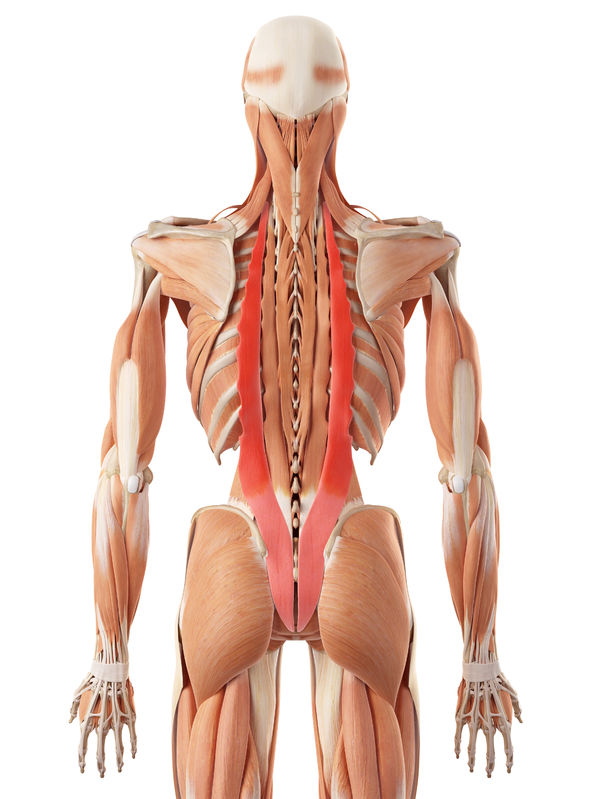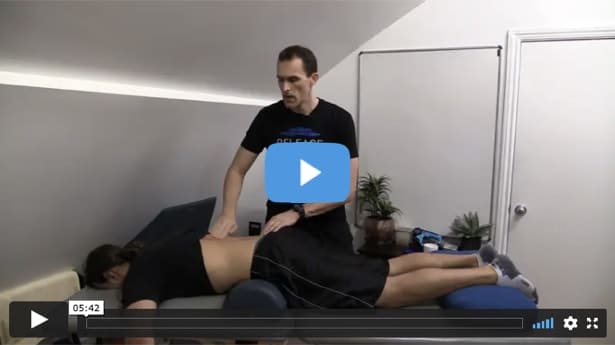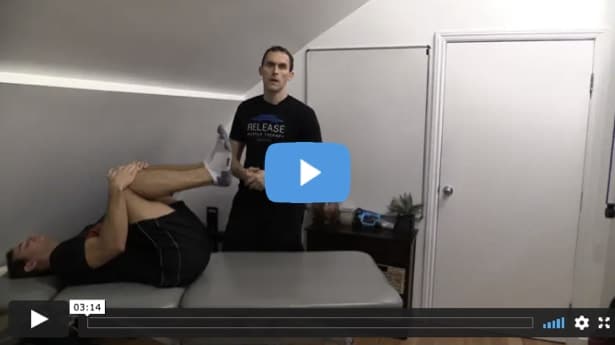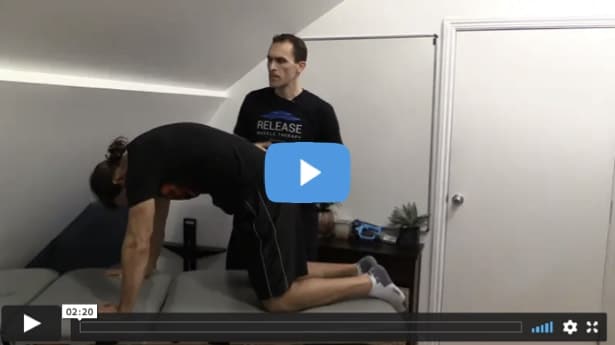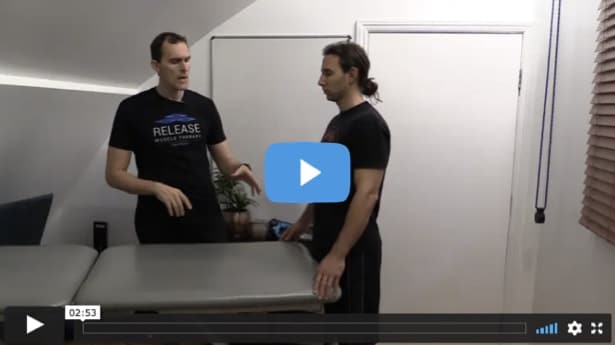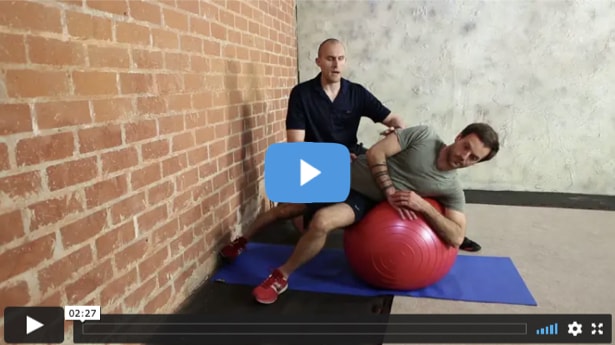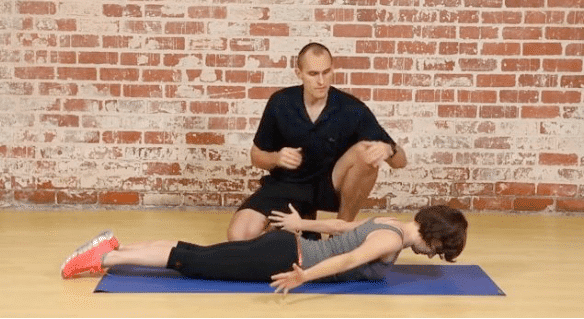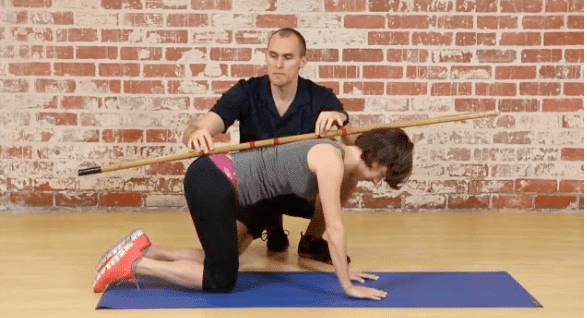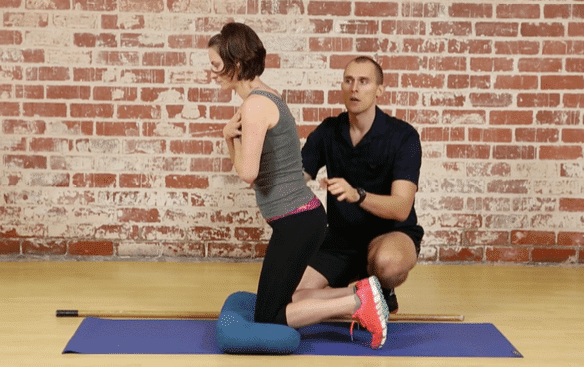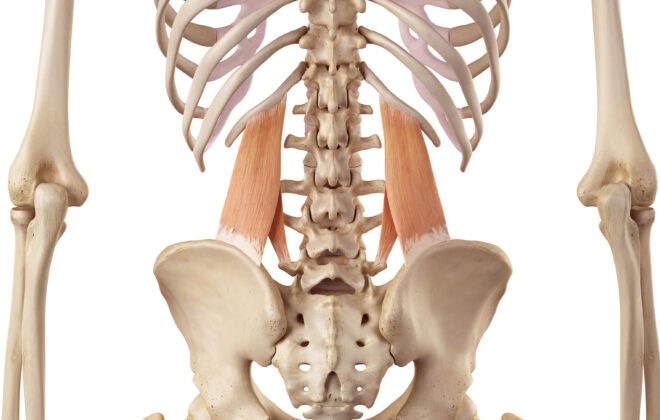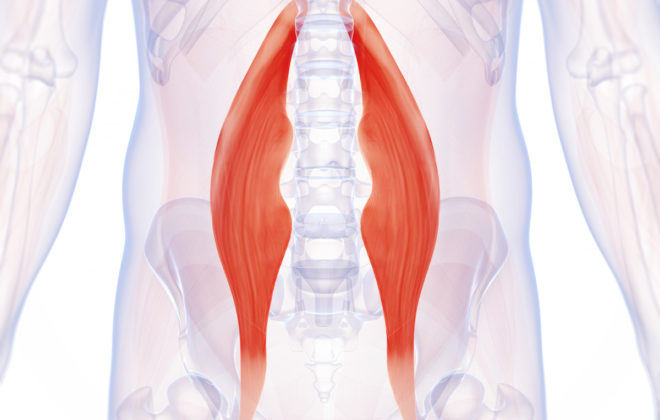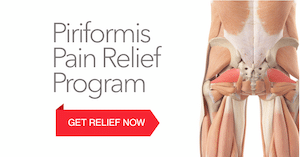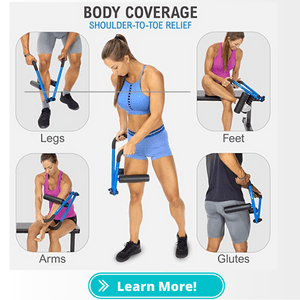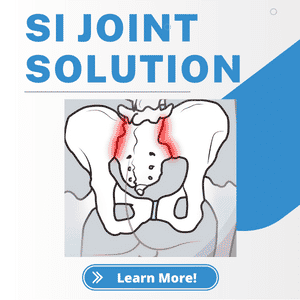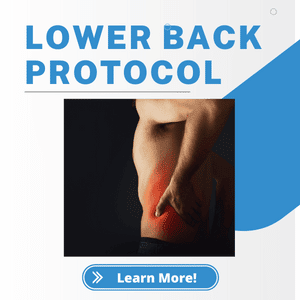Back Extensor Release Techniques
The Top Techniques For Back Extensor Release And Strengthening
The back extensor muscle group contains the Longissimus, Iliocostalis, and Spinalis.
If during an assessment excessive anterior pelvic tilt, excessive lumbar spine lordosis, back or sacroiliac joint pain is found, these muscles should be addressed.
How to know if you need to address the Back Extensor Muscles:
- Lower, middle or upper back pain
- Sacroiliac joint pain
- Excess anterior pelvic tilt
Back Extensors - Massage Therapy
The back extensor muscles are easily accessed because they are superficial muscles. They run from the sacrum all the way up to the back of the skull.
Due to the length of the muscles, its easiest to treat them in smaller chunks. Elbow glides are most commonly used by massage therapists, but after the warm up, thumb-based techniques can address the spinal extensor muscles with more precision.
Back Extensors Release - Knees to Chest Stretch
Since most people do not feel a stretch in thoracic region of the extensors (due to excess rounding of the back called kyphosis), we focus on lengthening the erectors of the lumbar spine.
The knees to chest stretch is a simple way to accomplish this goal, but don't worry if you do not feel a stretch. Not everyone does!
Back Extensor Release - Cat Stretch
The Cat stretch works very well for lengthening the spinal extensors, but the emphasis needs to be on pelvic tilting to affect the lower aspect of the muscles.
Its important to note that the lumbar spine doesn't flex very far, so only a little pelvic tilting is necessary. Its not uncommon for some people to feel slight discomfort at the L-5/S-1 level, so only go as far as comfortable.
Back Extensor Release - Post Isometric Relaxation
Post-isometric relaxation works very well for the back extensor muscles.
Correct positioning over the end of the table is essential during this one, and if any discomfort is felt in the lower lumbar spine, reduce intensity and/or consult with your physician for guidance.
Be sure to contract at a low intensity for 8-10 seconds prior to relaxing fully into the new stretch position for another 8-10 seconds.
Back Extensor Strengthening
Prone Extension
- Start lying face down with your arms at your sids, palms facing the floor, and feet together.
- Squeeze glutes, lift your chest up as high as comfortable while keeping your chin tucked and head retracted.
- Lift and externally rotate your arms for a full shoulder blade squeeze.
- Hold for the desired amount of time, then lower back to the starting position.
Opposite Arm - Leg Raise
- Start on your hands and knees. Wrists under shoulders and knees under hips.
- Find neutral pelvic position, lift chest, and tuck chin.
- Lift your hand and opposite knee just high enough to slide a magazine under while maintaining your alignment.
- Maintain normal breathing.
- Hold for the desired amount of time, then return to the starting position.
Kneeling Hip Extension
- Start in a kneeling position on a soft pad or mat.
- Place your hands across your chest and arch your lower back slightly.
- Shift your weight back as you tip from your hips until you reach a comfortable depth or until you start to lose ability to hold your lower back arch.
- Pause for the recommended duration, then reverse the motion back to the starting position.
- Repeat for the desired number of repetitions.
Tags In
Sam Visnic
Related Posts
Most Popular Posts
Categories
- Deep Gluteal Pain Syndrome (8)
- Deltoids (2)
- Foam Rolling (2)
- Glutes (9)
- Hamstrings (5)
- Hypnosis for Pain (3)
- Lats (2)
- Levator Scapulae (4)
- Lifestyle (8)
- Massage Therapy (39)
- Mobility (21)
- Movement and Exercise (19)
- Muscles (22)
- Nutrition (2)
- Obliques (1)
- Pain (25)
- Pectorals (3)
- Piriformis (3)
- Plantar Fasciitis (11)
- Psoas (11)
- Quadratus Lumborum (3)
- Quadriceps (2)
- Rhomboids (3)
- Sciatica (1)
- Serratus Anterior (1)
- SI Joint (14)
- Sternocleidomastoid (1)
- Stretching (18)
- Subscapularis (1)
- TMJ (2)
- Trapezius (1)
- Uncategorized (12)

